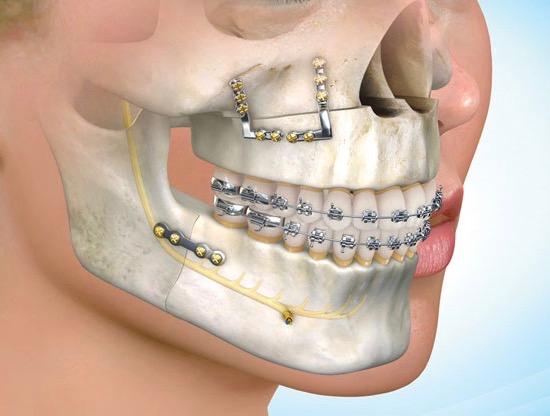In cases of very severe crowding or misalignment of the teeth, orthodontics alone is inadequate to achieve a successful result. Surgical treatments such as extraction of teeth, uncovering teeth that are not erupting properly, grafting deficient areas of gums, or repositioning of the jaw may be needed to achieve the desired orthodontic result. We work in close cooperation with your orthodontist, who will specify which teeth or areas of your jawbone require corrective treatment.
Extraction of Teeth for Orthodontic Reasons
Wisdom teeth can impede your orthodontic treatment and very often contribute to crowding of the teeth after completed treatment. It is best to extract wisdom teeth either before or immediately after orthodontic treatment. Waiting too long after braces to remove the wisdom teeth may result in relapse and crowding, and even the need re-do the orthodontic treatment.
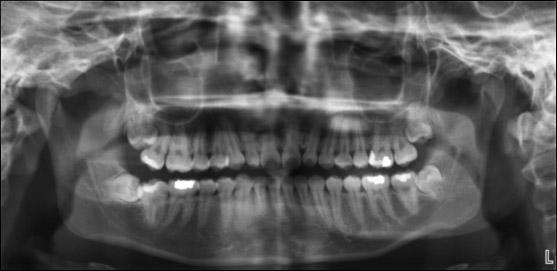


Missing Teeth
Some people fail to develop all the permanent teeth. In such a case, it may be possible to simply slide neighboring teeth over to close the space orthodontically. Other times, orthodontic space closure is not advisable and the missing tooth space is left open. Dental implants are then placed to fill in for missing teeth.
Learn more about dental implant treatment
Extra Teeth
Some people develop more than the normal 32 permanent teeth. These extra teeth, called supernumerary teeth, are often small or deformed, and can cause other normal teeth to become impacted or crowded. A cyst can sometimes form on these supernumerary teeth, just as it can on wisdom teeth. Early extraction of extra teeth, even as young as age 6-8, is advisable to minimize these risks.
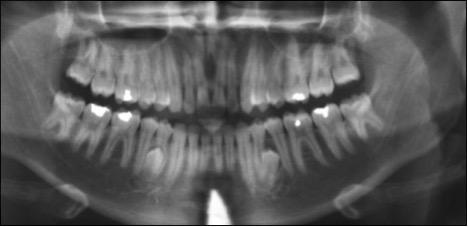
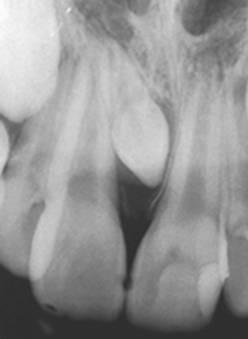

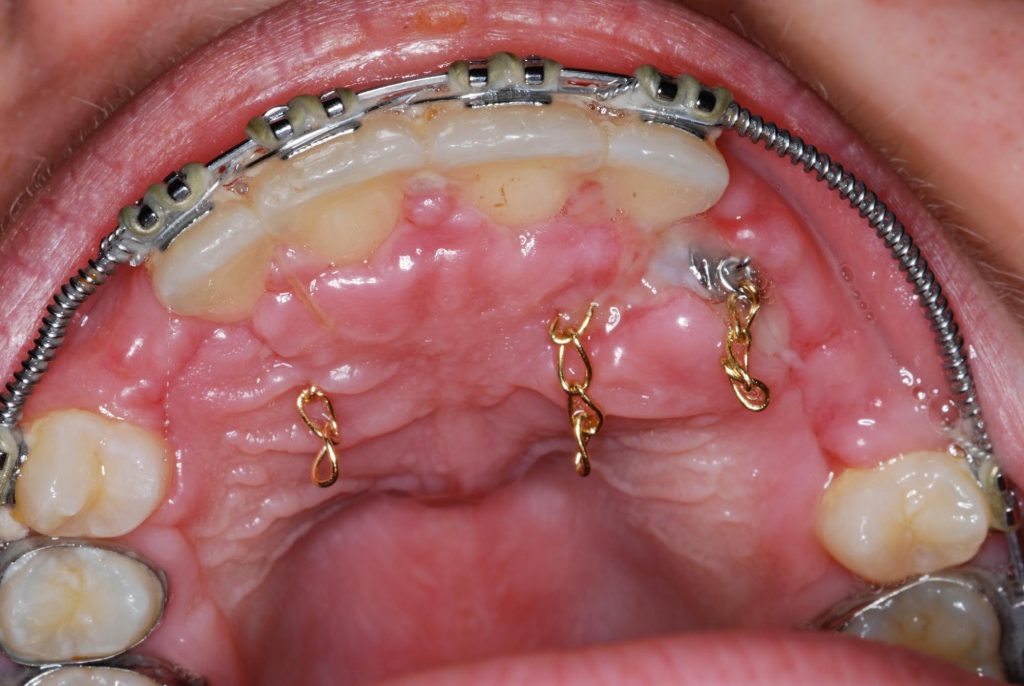
Exposure of Unerupted Teeth
If an unerupted or impacted tooth is critical to the orthodontic result, a procedure called expose and bond is done to surgically uncover the tooth and attach (bond) an orthodontic bracket with a short gold chain. With the impacted tooth now accessible, your orthodontist attaches springs or elastics to guide that tooth into position.
Corrective Jaw Surgery
Corrective jaw surgery is used to reposition all or part of the upper jaw, lower jaw or chin. This can bring your teeth and jaws into a new position that is more balanced, functional, and healthy.
Before your surgery, orthodontic braces are used in preparation for jaw surgery. After your jaws are repositioned surgically, the orthodontic treatment is completed. Depending on the procedure, corrective jaw surgery may be performed in our office or in a hospital. Incisions can be hidden inside the mouth.
